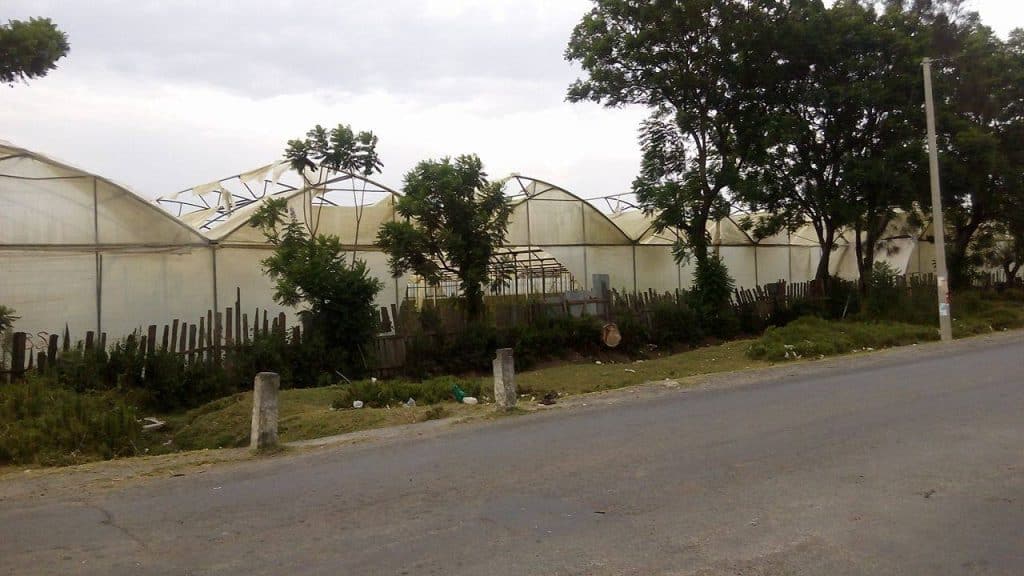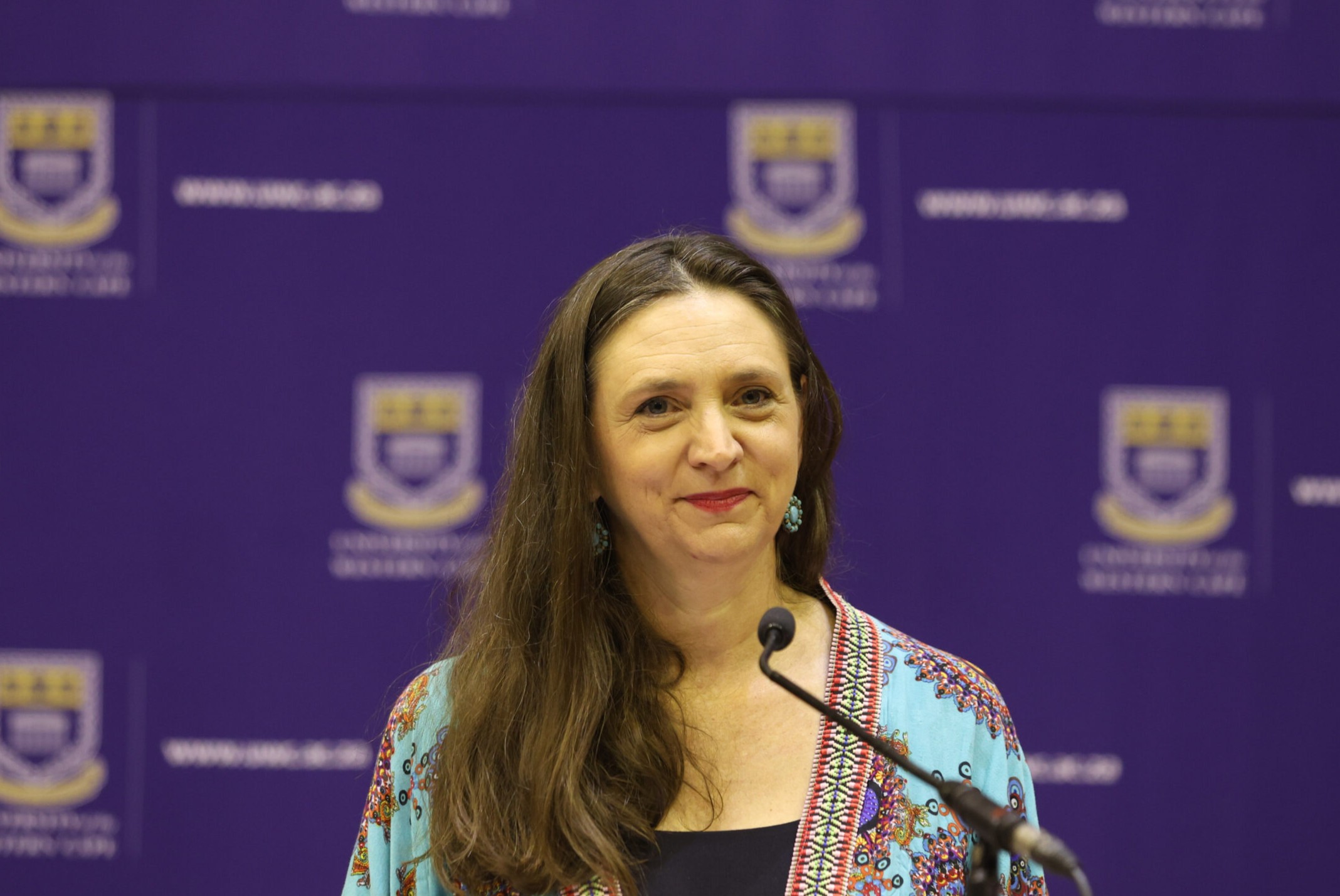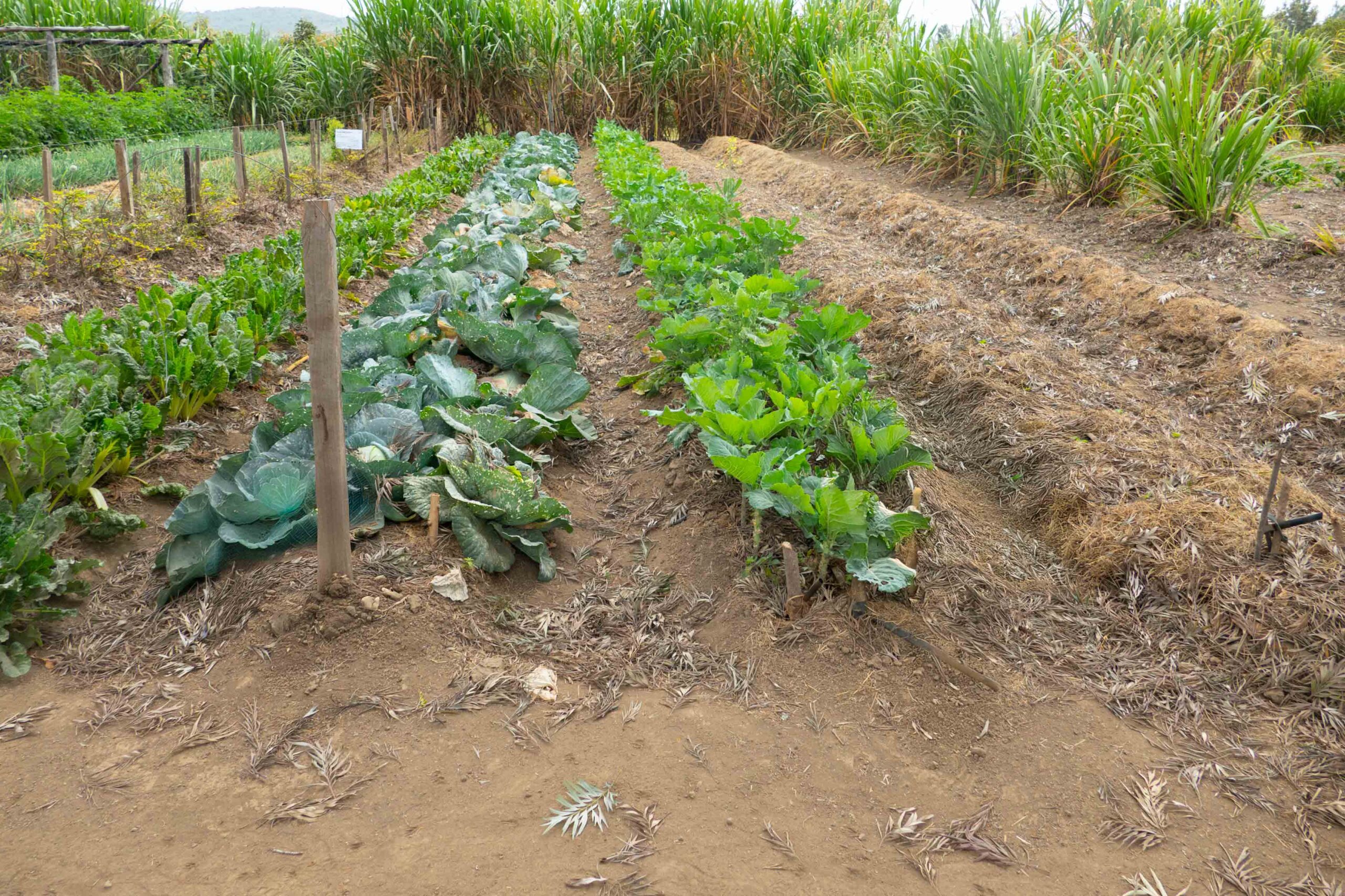Almost ten years have passed since the last time I had walked with David Odhiambo through the land of his ancestors. From afar, it appears as if nothing had changed. A small river gently passes through what looks like a serene and fertile landscape composed of stretches of grass tucked between bushy areas. “This area used to be flooded during the long rains, which is why people never used to build homes here. Nowadays, it rarely floods, but we still consider it a swamp. Few people risk building homes here.”
Despite its problematic characteristics, the area, located in the Western Kenyan constituency Rachuonyo, has attracted many small-scale investors from both within the village and from elsewhere. They have bought 50 x 50 meter plots that they demarcated with barbed wire fences. Difficult to spot if one looks at the area from David’s home which is located a little bit further up a gentle hill, the fences make our stroll through the area cumbersome. We are forced to walk alongside them instead of just taking the straight route back. While walking in a zig-zag way back home, David tells me that his brother’s two eldest sons will “still build their homes next to their father’s, but we already look for places elsewhere. My brother has found land for 600,000 Kenyan Shilling, but it is a bit far from here.”
Male ja-Rachuonyo (“people from Rachuonyo”) try to build their homes (dala) in the direct vicinity of their father’s. After marriage and the birth of one or two children, a man moves out of his father’s homestead. Through this UMZÜGE, patrilineal links are made visible in the landscape. The resulting spatial arrangement of homes reminds people of the distribution of property rights in a gentler way than barbed wire fences. People are allowed to move through homes if that provides a short-cut while the fences clearly signal: trespassing not allowed.
In an age of rising land prices caused by increasing population density, ancestral land has become a valuable commodity. Nobody blames people for selling or buying ancestral land as the anthropologist Parker Shipton reports for the 1980s. While selling land has become a necessity for most, including David’s family who had to give away part of their ancestral land in order to pay for the medical treatment of a family member, buying it as soon as possible appears to be the only way to secure that one’s sons have a home close by. Families who buy land far away from their ancestral home will also try to fence it off themselves, thus pushing others to try to do the same elsewhere. The future is thus not only a contested, but also a congested place and “homes” (dala) might soon be a thing of the past for many jo-Rachounyo.
It is thus unsurprising that reflections on how to make one’s own future as well as the one of one’s family, i.e. the future of one’s ancestors and the one of one’s living relatives, take over a central place in the lives of most Western Kenyans. Many, both men and women, try to make their future through online betting on football games, which lures them into visualizing a nearby future in which they possess millions if not billions of Kenyan Shillings that they could not only use to buy land, but also to build beautiful homes for themselves and their sons. Others try their luck by looking for work in places that seem to offer more opportunities than their rural home.
“Migration? There is no such concept in Dholuo. We do not migrate. Our minds are always at home where we will be buried next to our ancestors. In other places we just build temporary houses, not homes”, David explains to me while we try to translate parts of the CRC’s survey into the local language Dholuo. The first building a man is supposed to erect is a house for himself inside of his father’s home. These houses remain to fall apart or are deliberately destroyed after a son has found his own homestead nearby. Houses are temporary structures as much as migration is considered a mere period of one’s life.
Despite the fact that many migrants share David’s feeling that home is their ancestral land in Western Kenya, they are stuck in places like the residential compound of an abandoned flower farm along the shores of Lake Naivasha where Rogers Ochieng’ lives with his wife and two children. His house, although equipped with electricity, is much smaller than most homes in Western Kenya. Rogers worked for a flower farm that, due to the embezzlement of funds had been left to decay by its owner, an Indian company, over three years ago. Since then, Rogers and other former employees wait for their salaries, which the company had stopped paying them several months before they left the flower farm to decay. Rogers’ family has decided to squat in their house. They do not pay any rent while the courts are dragging the case for several years already.
Rogers tries to make ends meet by taking over day jobs or, if lucky, short-term contracts in other flower farms. Currently, he works for a small horticultural company where he takes care of strange vegetables like “borokoli” which he has never seen before, but which his wife prepares alongside kuon, i.e. the maize porridge also known by its Swahili name ugali. When I asked him, why he does not want to return to his rural home, he obviously felt uncomfortable. He founded a family but was far away from having the funds to build his home. A temporal chiasm, where what should have happened first followed after that which should have happened afterward. He had had hopes and his work in the flower farms had seemed like a first step into a brighter future. Why not found a family then? Things would follow suit, despite they did not. There is not much to do for Rogers except to hope that the court will finally decide in his interest. Until then, he remains an internally displaced person who went out to find the means to build his home (dala), only to end up having to fight for is rights to stay in a house that legally does not even belong to him.

Despite the fact that many migrants share David’s feeling that home is their ancestral land in Western Kenya, they are stuck in places like the residential compound of an abandoned flower farm along the shores of Lake Naivasha where Rogers Ochieng’ lives with his wife and two children. His house, although equipped with electricity, is much smaller than most homes in Western Kenya. Rogers worked for a flower farm that, due to the embezzlement of funds had been left to decay by its owner, an Indian company, over three years ago. Since then, Rogers and other former employees wait for their salaries, which the company had stopped paying them several months before they left the flower farm to decay. Rogers’ family has decided to squat in their house. They do not pay any rent while the courts are dragging the case for several years already.
Rogers tries to make ends meet by taking over day jobs or, if lucky, short-term contracts in other flower farms. Currently, he works for a small horticultural company where he takes care of strange vegetables like “borokoli” which he has never seen before, but which his wife prepares alongside kuon, i.e. the maize porridge also known by its Swahili name ugali. When I asked him, why he does not want to return to his rural home, he obviously felt uncomfortable. He founded a family but was far away from having the funds to build his home. A temporal chiasm, where what should have happened first followed after that which should have happened afterward. He had had hopes and his work in the flower farms had seemed like a first step into a brighter future. Why not found a family then? Things would follow suit, despite they did not. There is not much to do for Rogers except to hope that the court will finally decide in his interest. Until then, he remains an internally displaced person who went out to find the means to build his home (dala), only to end up having to fight for his rights to stay in a house that legally does not even belong to him.






